Name: It is not known exactly how sweet William got its name, but it is thought likely the name is a derivation of the French word for carnation, “oeillet”, which means “small eye”. There may be a link too with gilly-flower, an old name for carnation.
Botanical name: Being a member of the pink family, the Caryophyllaceae, sweet William is closely related to carnations and garden pinks and has been grown for many centuries for its colourful flowers and its sweet scent. The scent is light and travels on the breeze on a warm day. The flower stems, cut and brought indoors, last well in water. Its botanical name is Dianthus barbatus.
This species comes from southern Europe where it grows wild as a short-lived perennial flower. The garden forms have larger, broader flowers and a wider colour range, although wild plants can produce variable pink, red and white forms.
Garden value
Garden varieties range across red, wine, purple, pink and white and various shades of each of these colours, and many varieties exhibit banding in red or pink on a lighter background, and some have a lighter coloured “eye” in the individual flowers.
The flower head is flat with dozens of small flowers closely packed together and carried on flower stems about 60cm tall, less when grown in poor soil, and some varieties have been bred with shorter stems.
While they are not the strongest of flower stems, they generally do not fall over because they support each other as a group. Occasionally, especially when grown on very rich soil, the stems can topple over. Heavy rain and wind can cause this in an exposed place.
Growing sweet William
Sweet William was a popular flower in the cottage gardens of old as it was easy to grow and it produced a big colourful show of perfumed flowers. It grows easily from small seeds which are copiously produced, and it even self-sows.
It can be easily raised from seeds sown directly where it is to grow and thinned out, or the seedlings can be lifted and transplanted to new positions in autumn, or it can be sown in spring to flower later in summer of the same year. Choose a sunny spot, ideally at the front of a bed or border, with fertile, well-drained soil that is not too dry.
When the plant carries a big show of flowers and sets seed, it tends to weaken and wither away. If the flower stems are cut down to the basal leaves after flowering, the plants will often flower again the following year, but eventually this handy trick fails and new plants must be raised from seeds.
Gooseberry mildew is generally only noticed when the fruit is approaching usable size. It appears as a white or pale brown furry growth on the surface of the gooseberry fruit. This is a very common disease, usually found in old, unpruned bushes, at the centre of the bush where there is most damp air.
Pruning the bushes to ensure good air circulation in the centre is a big help in reducing mildew. This may also involve removing leafy young shoots that appear since pruning was carried out. Mildew also appears at the tips of young shoots and these should be pruned off when they are noticed.
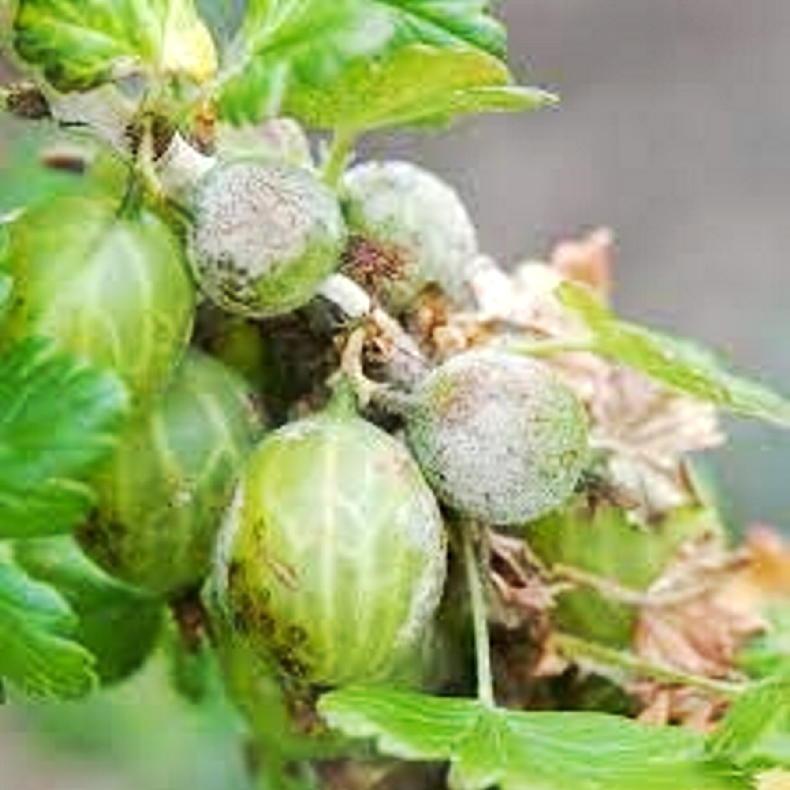
Soft growth due to using too much farmyard manure can leave the plant susceptible to the mildew fungus. Use some sulphate of potash to balance off the vigorous growth. Control weeds beneath the bushes because they interfere with the movement of air. The variety “Invicta” has good resistance to the disease.
Fruit, vegetables and herbs
A late crop of carrots could be sown, and will give small tasty carrots late in the year if the weather is good, also salad vegetables that mature quickly. Peas could still be sown. Plant out winter cabbage varieties, if not already done.
Lawns
The weather has been pretty poor for lawns with a lot of cold and dry weather reducing growth, but some rain arrived and improved soil conditions. Lawns fed earlier in the year probably do not need feed now.
Trees, shrubs and roses
Despite the rain showers, young trees and shrubs, planted in the last year or so, should be checked for signs of drought. If these plants are not showing new growth at the tips of the branches, they may be suffering.
Flowers
Bedding plants in pots and baskets are now in need of regular watering and feeding. Because the roots have now filled the pots, watering has become more critical. Feeding every two weeks keeps the plants going.
Greenhouse and house plants
Continue watering and feeding greenhouse plants. Be certain to water plants in pots or grow-bags regularly. These can easily dry out. Train and side-shoot tomatoes and cucumbers. Take summer cuttings of fuchsia, magnolia, rose and clematis.




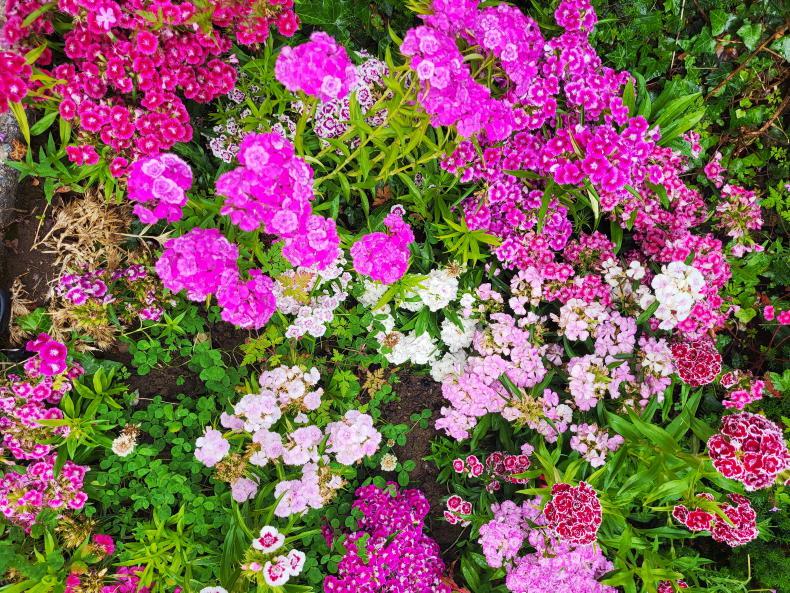
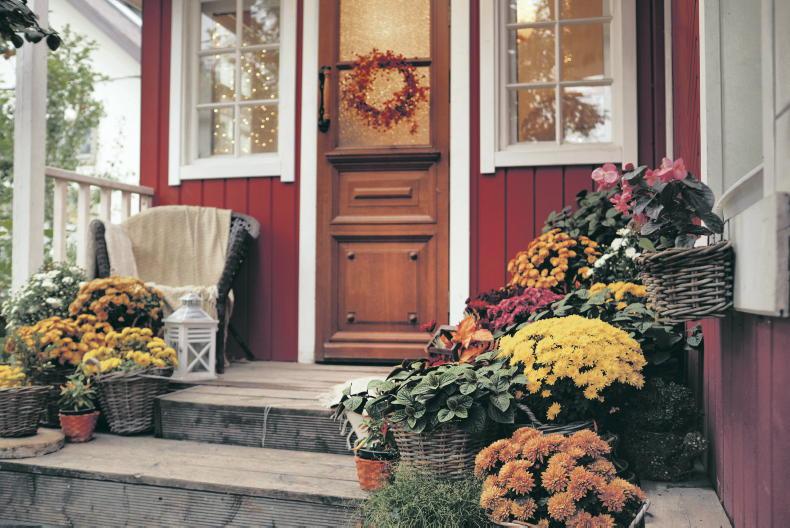
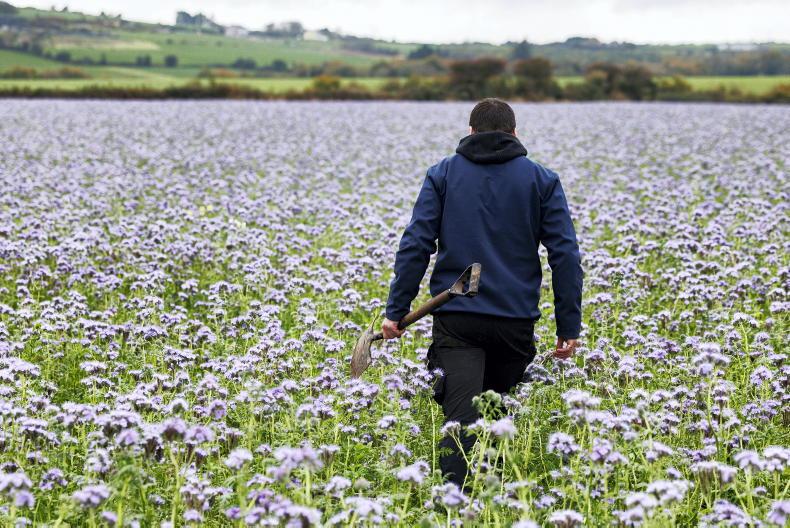
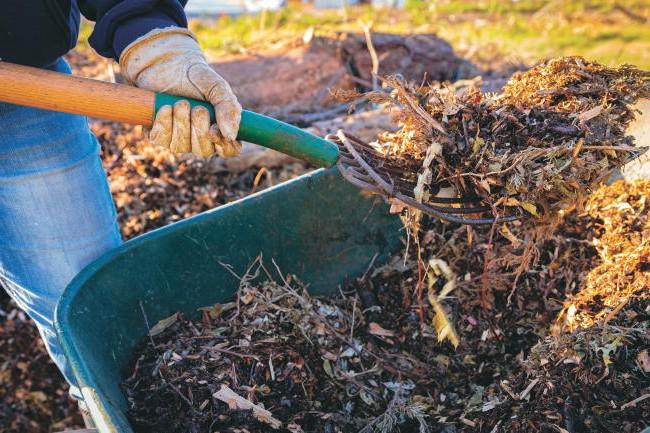

SHARING OPTIONS